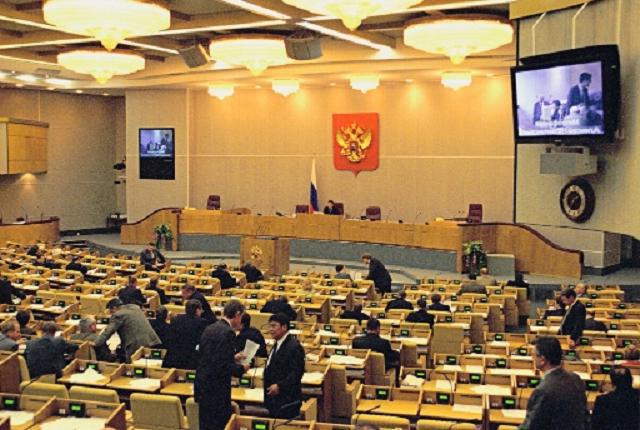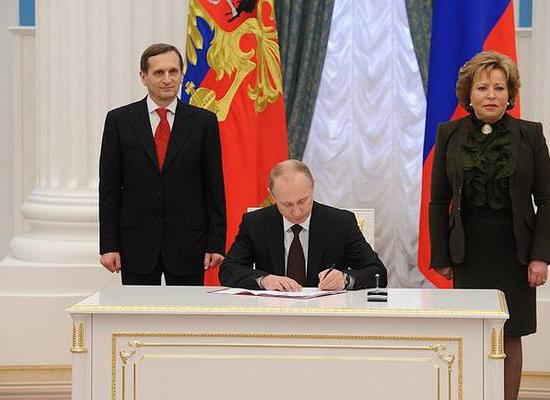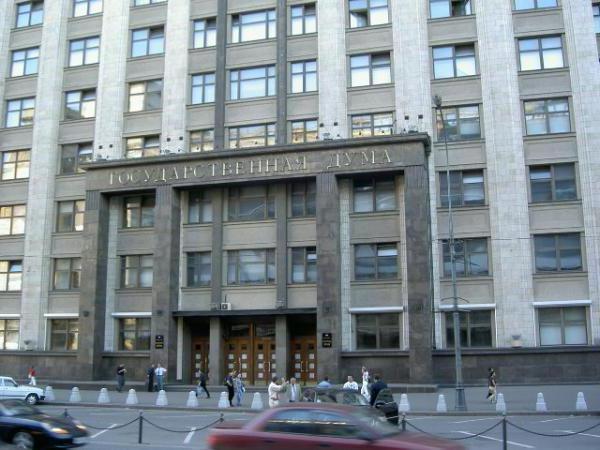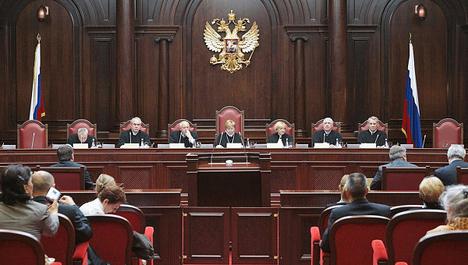Every state has its own legal system; it is based on established traditions, the level of legal awareness, political stability, and many other aspects. However, an indispensable element of any such system is the legal act of power institutions.
Legal basis of the state
Russia is a country with a federal structure. This means that in its structure there are entities that have a certain independence, including legal. This makes adjustments to the lawmaking process. The main law in our country is the Constitution, approved in 1993, which established the basic procedural procedures and types of laws in force in the Russian Federation. During this period, a special oversight body, the Constitutional Court, appears in our country. It is called upon to carry out independent legal proceedings based on the norms of the Basic Law. The new Constitution of our country established the principles for the activity of this body, and in the summer of 1994 a federal law “On the Constitutional Court of the Russian Federation” was adopted, which defines the main points in the work of this legal unit. In particular, the procedure for the formation of the Constitutional Court of the Russian Federation, the quantitative and qualitative composition of judges, as well as the procedure for appointing the President of this court are prescribed there.

Classification of Russian legislation
In jurisprudence, it is customary to divide all legal acts into two types: laws and by-laws. The reason for this differentiation is explained quite simply: it all depends on the legal force of the normative act. And it, in turn, is determined depending on the body or official who adopted a legal document, and to be more precise, the position of this body or official in the hierarchy of state power. Therefore, a fairly simple principle applies: the higher the position of the post or institution of power, the stronger the legal force of the act. In our country, power is divided into 3 groups: judicial, executive and legislative, each of them, within the limits of its sphere of competence, can adopt various normative acts. However, it is clear that the legislative power enjoys supremacy, therefore its legal norms are central to other acts of the branches of government and are presented in the form of laws that can be divided into two types: federal constitutional law and federal law.

The nuances of lawmaking
So, we determined the hierarchy of the legislative system of Russia. The main body of this power is the Federal Assembly, which in turn is divided into two houses: the State Duma (lower house), which consists of 450 deputies elected on the basis of an equal secret ballot, and the Federation Council of the Federal Assembly. The latter consists of 170 senators, elected from the representative and legislative bodies of the constituent entities of the Russian Federation. Laws in our country are adopted by the State Duma, which, in turn, is the supreme legislative body of the state, therefore these documents have the greatest legal force and are valid throughout our country. However, among them, too, there is legal differentiation. At the top of the legal Olympus is the Constitution of the Russian Federation, not a single legal act can contradict it, otherwise it must be repealed. One position below is federal constitutional law. Such laws regulate the legal relations recorded in the Main legislative act of the country, but they specify them, make them deeper and more elaborate. Even lower are federal laws that govern all other types of legal interaction.

The laws
FKZ (federal constitutional laws) of the Russian Federation in quantitative terms occupy a smaller volume in the general regulatory framework of the state. However, our country is a federation in its structure, therefore, in the system of legislative acts there are also legal norms of the constituent entities of the Russian Federation. Therefore, on the territory of our state, the principle of objects of reference and their delimitation applies. What does this mean? In fact, everything is quite simple. First, there are jurisdictions exclusively of the Russian Federation, according to which they adopt the federal constitutional law, the Federal Law (federal law). Not a single normative act of a region of a country can contradict it; if this happened, it must be repealed. Secondly, there are subjects of mutual jurisdiction of the Federation and its subject, according to which they also adopt the federal constitutional law and the federal law in all their diversity, and in case of a contradiction, the same principle applies as in the first version. Thirdly, there are objects of jurisdiction exclusively in the subject of the Russian Federation, and here, if a contradiction arises, the n / a act of the subject of the Russian Federation gains force. But even in this case, it cannot contradict the Constitution of Russia.

Regulations
Now we will deal with the regulations issued by the executive branch. Here, the same principles of the legal force of the act apply as in the case of its legislative variety. The main carrier of executive power in the Russian Federation is the President of the country, so his orders will have the greatest power. A position below will be the orders of the Government of our country, which, together with the President, exercises executive power. Even lower are the orders of federal ministries and departments. Similar regulatory acts of the regions are valid only on their territory, and are mutually subordinate according to the same scheme. At the lowest position in this hierarchy will be local government documents in the form of decisions. All legal acts adopted by lower bodies and officials may be repealed by higher authorities, this procedure is determined by the Federal Constitutional Law “On the Legal Foundations of a Federal State”
The emergence of a legal act
In Russia, lawmaking goes through five main stages: legislative initiative, discussion (three readings), voting, promulgation and publication. However, there are procedural differences. The federal constitutional law of the Russian Federation is adopted by a qualified majority, this requires the approval of two-thirds (2/3) of the votes in the State Duma of the Russian Federation and three quarters (3/4) of the Federation Council of the Russian Federation. Also, its feature is that the head of state cannot reject it. In the case of federal law, the president may not agree with its adoption, then he goes for a re-examination of both houses. And if it is approved by a majority of the two houses of parliament, then in this case it is subject to signing by the head of the Russian Federation. A law and another document of a legal nature takes effect after ten days from the date of its publication. This is the mechanism for creating laws and regulations in our country.